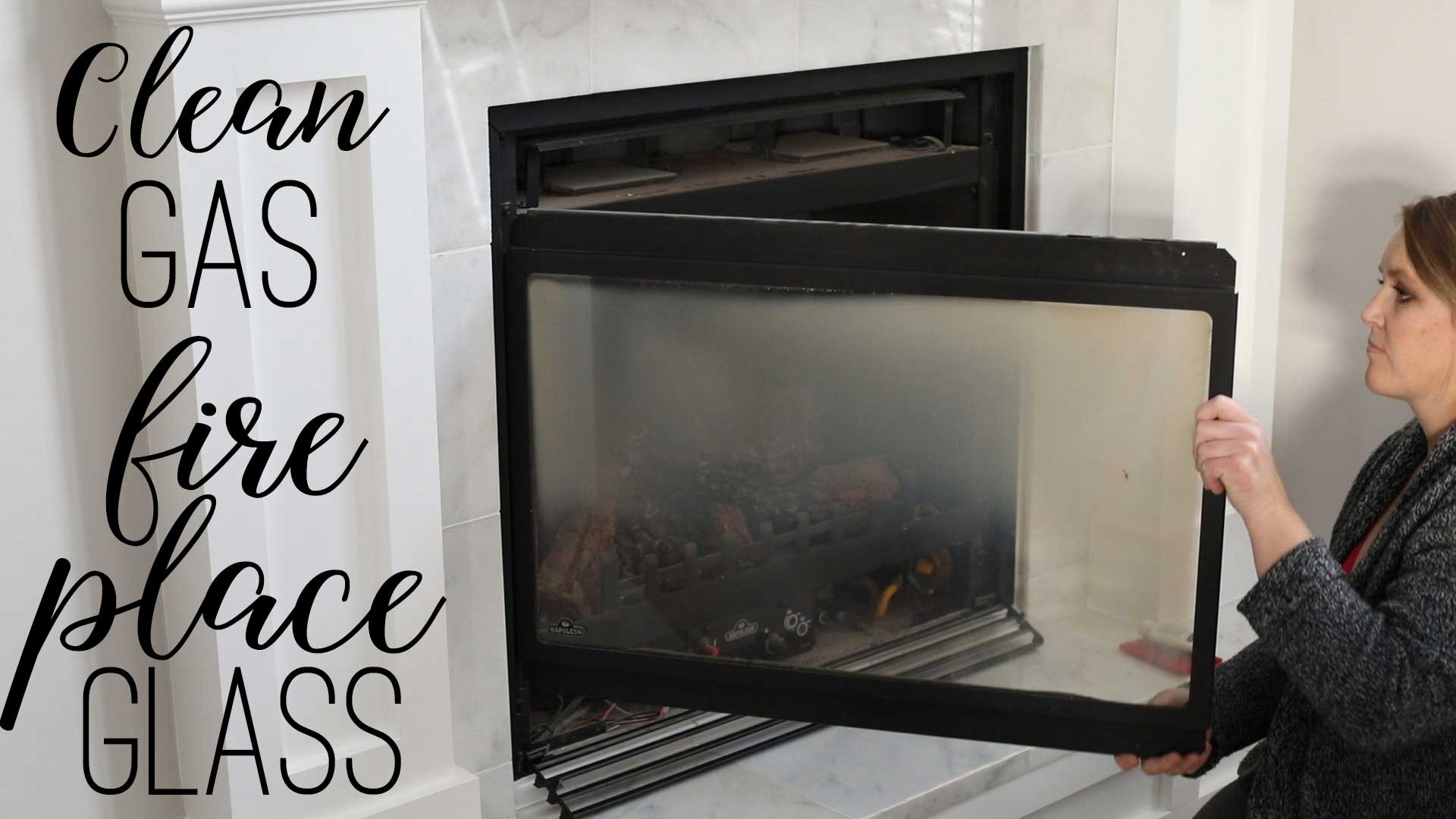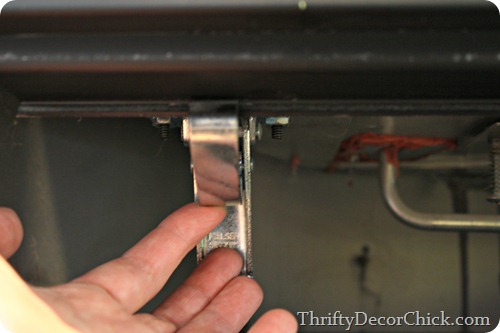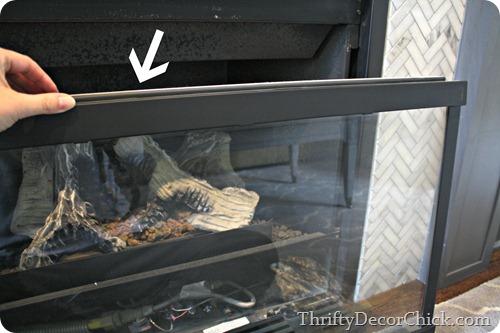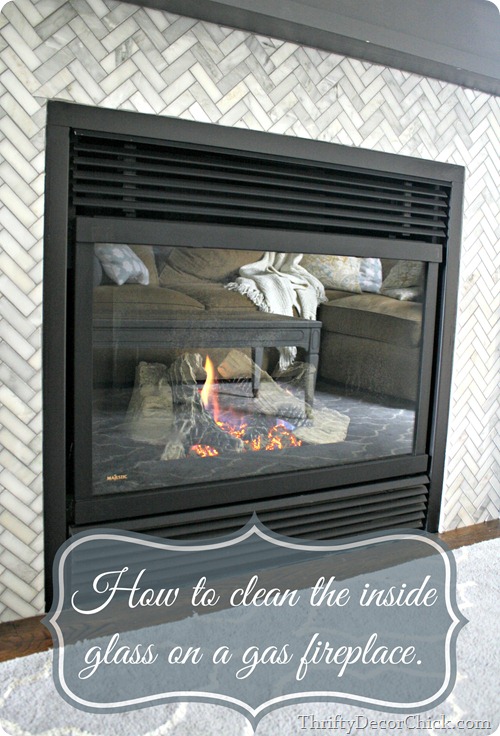Dirty fireplace glass diminishes the ambiance of gas fireplaces, but proper cleaning restores clarity safely. Wait until the glass cools completely before cleaning to avoid thermal shock cracks. Avoid abrasive cleaners or tools that could scratch the surface—soft cloths and plastic scrapers work best. For light soot, a vinegar-water solution (1:1 ratio) effectively cuts through residue without harsh chemicals. Heavy buildup may require specialized fireplace glass cleaners containing ammonia or citrus solvents. Always wipe gently in circular motions, rinsing thoroughly to prevent streaking. Regular cleaning prevents permanent etching from acidic combustion byproducts.

Understanding the cause of buildup guides effective prevention. Incomplete combustion creates oily soot that sticks to glass—ensure proper gas pressure and ventilation. Overusing flame-enhancing ceramic logs increases deposits—follow manufacturer spacing guidelines. High humidity during operation accelerates clouding—use a dehumidifier in damp climates. White residue indicates mineral deposits from gas additives—install a gas filter if persistent. Keeping the burner area clean reduces airborne particles that adhere to glass. These preventive measures extend intervals between deep cleanings significantly.

Deep cleaning techniques tackle stubborn discoloration. For baked-on carbon deposits, apply cleaner and let it soak 10-15 minutes before wiping. A paste of baking soda and water gently scrubs tough spots without scratching. Avoid steel wool or razor blades that could damage ceramic glass coatings. For double-sided glass, clean both surfaces to maintain even appearance. Some manufacturers recommend specific cleaners for their glass—check warranty requirements. After cleaning, inspect the glass for scratches or cracks that could compromise safety during future use.

Maintenance routines preserve glass clarity long-term. Wipe the glass monthly during peak usage seasons with a microfiber cloth. Apply glass sealants quarterly to create a protective barrier against soot adhesion. Keep the fireplace area dust-free to minimize particles that burn onto hot glass. Adjust flame height appropriately—excessively large flames produce more soot. Schedule annual professional inspections to ensure optimal combustion efficiency. These habits reduce cleaning frequency while maintaining the fireplace’s visual appeal. Proper care ensures the glass remains transparent for enjoying unobstructed fire views.

Safety precautions protect both users and fireplace components. Wear gloves and eye protection when using chemical cleaners. Ensure adequate ventilation during cleaning to avoid fume buildup. Never mix ammonia-based products with other chemicals. Check that cleaning products are rated for high-temperature glass applications. Keep flammable materials away during and immediately after cleaning until all residues evaporate. Following these guidelines maintains safety while achieving spotless results. Clean fireplace glass enhances both the appliance’s efficiency and the room’s cozy atmosphere, making maintenance worthwhile.
Cleaning the INSIDE of gas fireplace glass Thrifty Decor Chick

Cleaning gas fireplace glass from Thrifty Decor Chick

Cleaning gas fireplace glass from Thrifty Decor Chick

Cleaning gas fireplace glass from Thrifty Decor Chick

How to Clean Oven Glass Chemical free cleaning, Clean oven and Glasses

Stoll Fireplace Doors – Czar Energy Solutions

Related Posts: